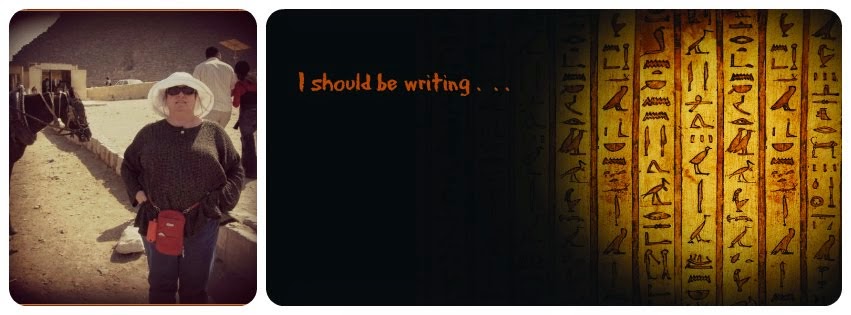This Scholar Says She's Unlocked The Secrets Of The Pyramid Texts
Susan Brind Morrow has developed a new translation of the world's oldest sacred texts. For years, scholars thought that the Pyramid Texts were merely a series of funeral prayers and magic spells intended to protect Egyptian royalty in the afterlife. But renowned classicist and linguist Susan Brind Morrow has a different interpretation of this sacred literature. She said she believes it's proof of a complex religious philosophy, one that was less about mythology and more about the life-giving forces of nature. She also believes this ancient Egyptian philosophy influenced many of the spiritual traditions that came after it.
Pimp my coffin: Ancient Egyptian priest changed sarcophagus as his career progressed
New research for an exhibition opening today (23 February) at the Fitzwilliam Museum in Cambridge has scholars scratching their heads about the booming funerary industry in ancient Egypt. An examination of the sarcophagi of Nespawershefyt (also known as Nes-Amun) has revealed that significant changes were made to the owner’s titles, which suggests that he had his coffins made well in advance of his death and upd ated them as his career flourished.
Pyramids and Sphinxes
Explore the mysteries of ancient Egypt through art and examine the relationship between tourism, commerce & representation in the age of mass reproduction.
Artists, writers, and travelers decamped to Egypt for up close and personal encounters with the remains of an ancient civilization. They documented these experiences in art, story, and verse, ushering in a wave of curiosity about Biblical lands of the past. The British saw an opportunity to organize commerce and tourism, and began creating an infrastructure in Egypt to support these industries. Romantic images of the past were created an distributed en masse, as great stylists introduced a new wave of Romanticism to Western art. Images of the Near East came into vogue, as a sensuous, tropical vibe combined with the glorious ruins of the pharaohs.
Artists secretly 3D scan bust of Egyptian Queen Nefertiti and release 3D Print files online
he content of museums around the world are designed and curated to be vessels that share with local populations the wonders, beauty and history that surrounds us all. Art museums share with us the beauty of the human spirit whereas natural history museums bring to light elements birthed within nature itself.
Sometimes however, the extraction of an artifact from its original habitat to a foreign museum or gallery can lead to controversy. A good example of this is the iconic bust of the ancient Egyptian queen Nefertiti. After existing, for the most part, uninterrupted in Egypt since roughly 1345 BC, the prized sculpture was discovered and subsequently dealt to a German based archeological company in 1912 before leaving Egyptian soil for the Neues Museum in Berlin.
Since then, there has been enough controversy surrounding the validity of the transfer that TIME magazine has the bust at number two in their Top 10 Plundered Artifacts list.
Finds in Ancient Egyptian rubbish dumps inspire "world's largest archaeological project"
Touted as the world’s largest archaeological project, an online search for clues is crowd-sourcing the details of ancient lives in Egypt - from 19th century rubbish dumps.
Going through bins has perhaps never proved as productive as it did for Bernard Pyne Grenfell and Arthur Sturridge Hunt more than a century ago. Rooting through a rubbish dump near Oxyrhynchus (the name means “sharp-nosed”), in ancient Egypt, these light-suited, hirsute late-20s archaeologists litter-picked more than 500,000 papyrus fragments, initiating papyrology as a scientific form.
And speaking of trash. . . .
History programmes have to keep up with the Kardashians, Egyptologist claims
Egyptologist Dr Chris Naunton has said it is "vital" to see television programmes about history and archaeology alongside EastEnders and Keeping Up With The Kardashians.
Picture of the week
From RAWI - Egypt's Heritage Review
Ibis Mummy: Considered sacrosanct, the ibis was connected first with the god Thoth and later with the revered sage Imhotep. Mummified ibises found at cult sites dedicated to Thoth or Imhotep are usually understood as votives deposited by private persons either as offerings or as gestures of appreciation for answered prayers. This elaborately preserved ibis bears witness to the extremes to which the ancient embalmers could go in their preservation of an animal. The linen wrappings, some of which have been dyed, are wound in an intricate pattern, while the bronze head attached to the mummy shows exquisite workmanship.
Found in Abydos- 30 B.C.E.–early 1st century C.E.(Roman Period)
Brooklyn Museum, NY

















































